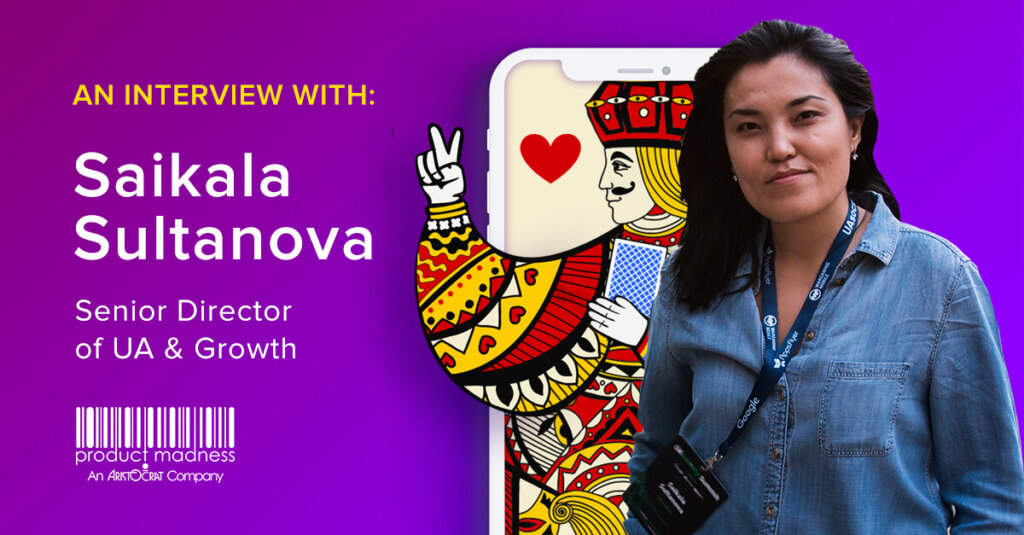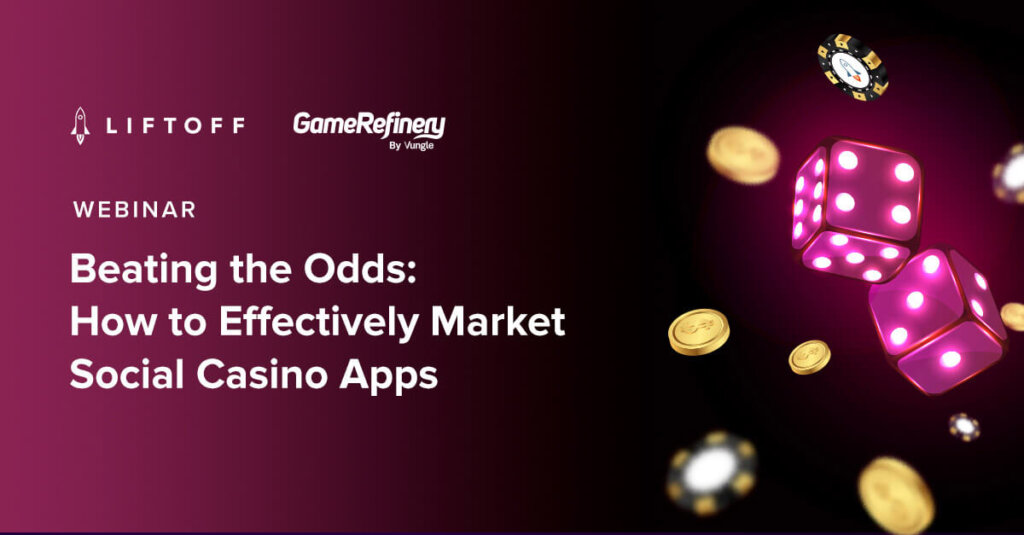
A Q&A With Product Madness’ Ayse Betul Eser on Her Career in User Acquisition
Ayşe Betül Eser is the User Acquisition Manager at Product Madness, an award-winning company specializing in social casino games. Eser has over eight years of experience as a digital marketer and has worked across a wide range of titles during her career, including several games based on the immense Marvel IP.
Could you walk us through your background and explain how you started in mobile marketing?
I started studying for a degree at Beykent University in communications, public relations, and advertising. Not long after, I secured a role at a digital advertising agency, where I spent the next two years honing my marketing skills.
After that, I finally transitioned into the exciting world of gaming, joining Netmarble Turkey as a Digital Marketing Specialist. My primary responsibility was driving user acquisition, focusing on hardcore PC games, mobile RPGs, and hyper-casual titles.
Hyper-casual games were particularly challenging to work on, as we had to maintain low CPIs (cost per install) if we were to turn a profit, which meant trying out everything we could to drive costs down. But that experience helped me to build up my user acquisition muscles and eventually land my role at Product Madness as a User Acquisition Manager.
Tell us about your current role and what you’re currently working on.
My main job is designing user acquisition campaigns that attract new players to our social casino games, which involves working closely with our analytics and product teams to execute targeted campaigns across various channels. For the past few months, I’ve also been exploring how to maximize the return on ad spend while maintaining a seamless user experience.
How do you feel the industry has evolved since you started?
The mobile market has grown significantly over the past few years, particularly during the pandemic when many people were stuck in their homes, and gaming was one of the few ways to fend off boredom. Following that growth, user acquisition has transformed and become much more data-driven.
In the past, user acquisition relied heavily on traditional advertising, but now we leverage machine learning algorithms and automation to optimize our campaigns in real-time. There has also been a shift toward a more player-centric approach focusing on delivering personalized experiences based on user preferences and motivations.
What do you find the most enjoyable about your role and working in mobile marketing in general?
The most enjoyable aspect of my role is the dynamic nature of the mobile gaming industry. It’s constantly evolving, presenting new channels and opportunities, and I love being at the forefront of innovation and witnessing the direct impact of our strategy on our player community.
It’s also a pretty challenging industry to work in. The mobile gaming market is highly competitive, with numerous apps buying for user attention, meaning standing out and attracting the audience can be demanding. To succeed, you need to balance creative experimentation with data-driven decision-making.
What are the biggest challenges facing user acquisition in mobile gaming right now, and how are you working to overcome them?
Currently, the biggest challenge is the rising cost of user acquisition. Increased competition, rising inflation, and changes to platform policies, particularly around privacy, have driven up prices.
To overcome this, we’ve been exploring new channels and investing further in data analysis to identify high-value users better. This way, we can optimize our games around their preferences. Fostering strong relationships with our partners is also helping us to adapt to these changes much more quickly.
What are the most vital aspects of a successful user acquisition strategy?
A successful user acquisition strategy requires a strong understanding of the target audience. You must create compelling ad creatives that resonate with potential players, so having comprehensive data analysis and a coordinated approach across multiple marketing channels is crucial. Additionally, you should track and measure key performance indicators throughout the user journey to optimize campaigns more effectively.
Has Product Madness been implementing any popular mobile gaming trends in their titles?
Trends are important, and we are always looking for ways we can use these to our advantage. At the moment, user-generated content is extremely popular.
We’re a bit of a trendsetter on that front because we featured UGC content before it became mainstream. For example, we have some influencers working on creatives for use on social channels. One that I think is particularly cute involves a grandma using toilet paper with numbers drawn on as a makeshift slot machine, and her grandson runs in to tell her how she can download and play one of our games on her phone instead.
Do you have any secret tips or tricks for boosting UA performance that you could share?
One tip I share is the importance of continually doing A/B testing, particularly on creative and ad copy. Small changes can significantly impact performance, and continuous testing helps to identify the most effective combinations. Additionally, leveraging audience segmentation and retargeting strategies can help to improve conversion rates and maximize the value of a user’s cart.
Want to learn more about user acquisition? Then, you should check out our latest annual reports on casual and midcore games. Our reports include details on ad benchmarks, the latest trends, and where gaming installs come from.

